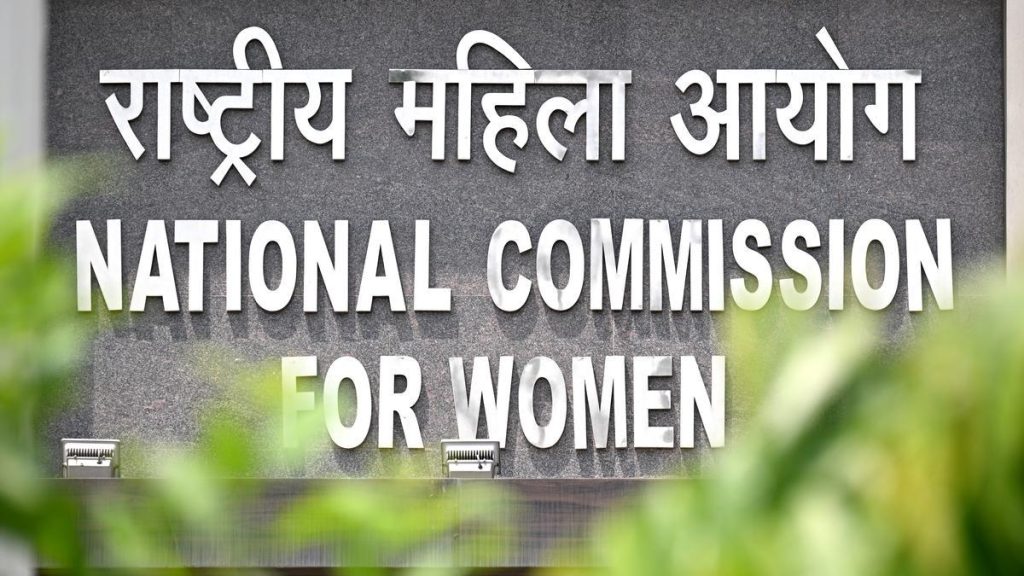Now Reading: Elephant Deaths on Coonoor Slopes Raise Concerns
-
01
Elephant Deaths on Coonoor Slopes Raise Concerns
Elephant Deaths on Coonoor Slopes Raise Concerns
Quick Summary
- The widening of the national Highway on the Coonoor-Mettupalayam Road is disrupting wild elephant movements and making the terrain more risky for them.
- Over a decade, there have been numerous incidents where elephants, climbing up steep Coonoor slopes in search of food, fell from cliffs in the kallar corridor.
- Forest Department records indicate three such elephant deaths caused by falls as 2023.
- S. Gowtham (Divisional Forest Officer, Nilgiris) acknowledged past records of similar mortalities but described these as coincidental occurrences while emphasizing continued monitoring and mitigation efforts.
- Conservationists suggest that habitat pressures along traditional elephant pathways may be pushing herds to navigate riskier terrains like steep ghat slopes.
- Researchers link human activities (construction work, road expansion) and climatic changes (extreme weather) to increased risks for elephants traversing this area.
- Recommendations include more research into changing elephant behavior due to habitat pressures and infrastructure development and installing ramps at identified crossings to aid their movement.
Indian Opinion Analysis
The recurring issue highlights an crucial intersection between wildlife conservation and infrastructure development in India’s biodiversity-rich regions like the Nilgiris. While road expansion can boost connectivity and local economies, its environmental consequences underscore systemic challenges for balancing ecological preservation with developmental priorities.
Forcing elephants onto precarious terrain due to altered habitats or human disturbances increases their mortality rate, signaling deeper governance concerns around land-use planning in ecologically sensitive areas. Strategies like identifying crossing points for ramps represent immediate solutions but fall short without addressing underlying issues such as habitat degradation or disruptive human activities.
further research into how anthropogenic pressures affect elephant movement patterns seems critical not just for mitigation strategies but also as a model approach towards environmental sustainability amid India’s rapid infrastructural growth.
Read More: Link























